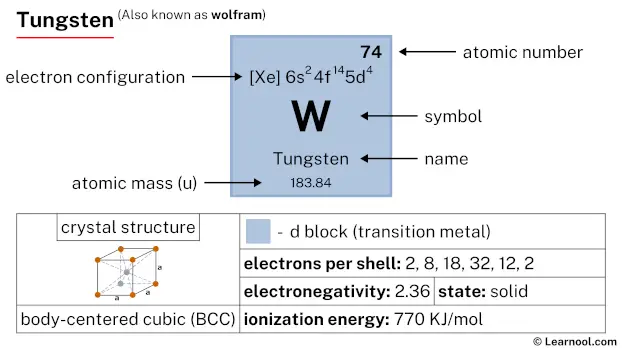
Tungsten or Wolfram (W) is a chemical element of the periodic table, located in the group 6 and the period 6, and is having the atomic number 74. It is a hard, lustrous, greyish-white transition metal, whose name comes from the Swedish word “tung sten”, which means heavy stone. It has the highest melting point and boiling point of all metals.
On periodic table
| group | ⇨ | 1 | 2 | 3 | 4 | 5 | 6 | 7 | 8 | 9 | 10 | 11 | 12 | 13 | 14 | 15 | 16 | 17 | 18 |
| period | ⇩ | ||||||||||||||||||
| 1 | 1 H 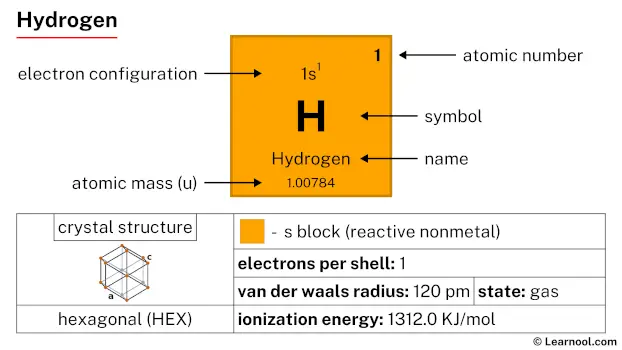 Hydrogen |
2 He  Helium |
|||||||||||||||||
| 2 | 3 Li  Lithium |
4 Be 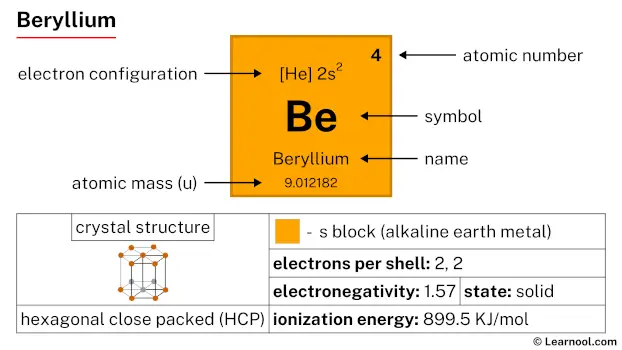 Beryllium |
5 B 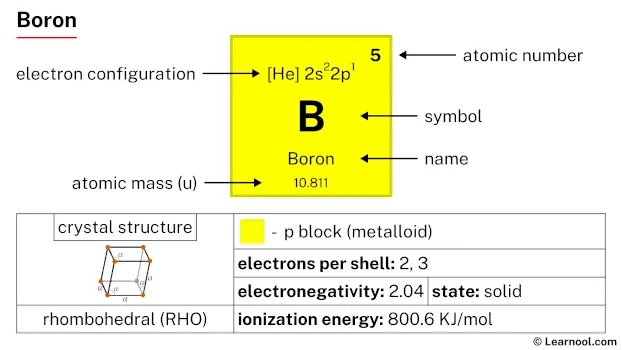 Boron |
6 C  Carbon |
7 N 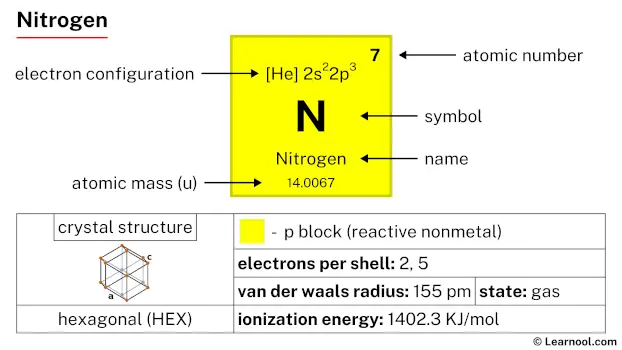 Nitrogen |
8 O 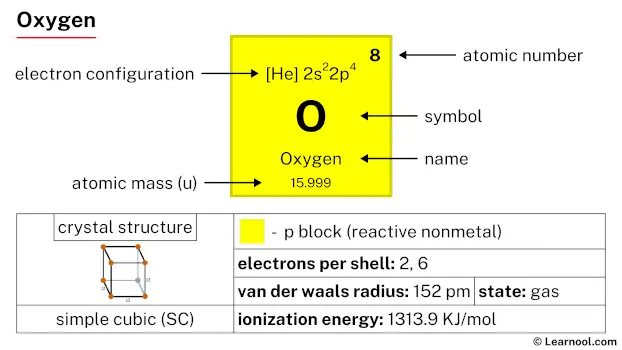 Oxygen |
9 F 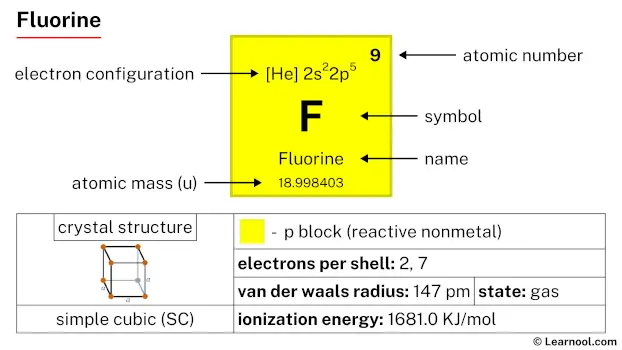 Fluorine |
10 Ne 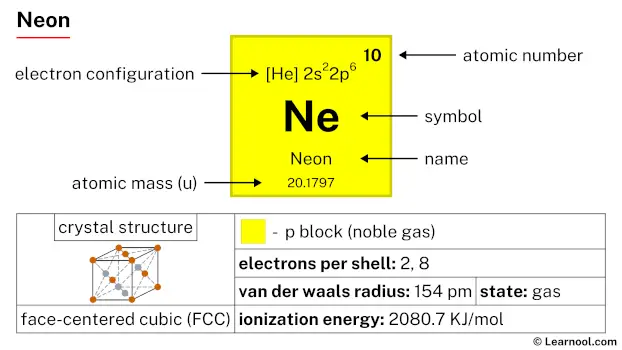 Neon |
|||||||||||
| 3 | 11 Na 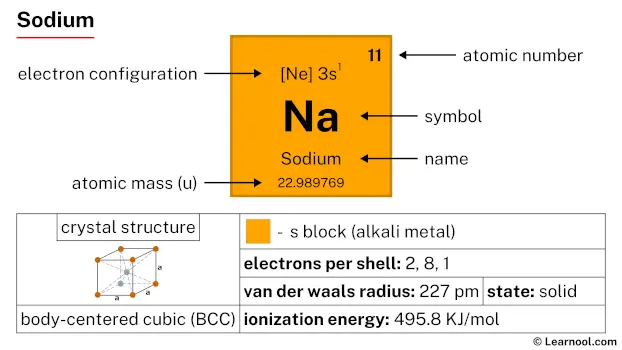 Sodium |
12 Mg 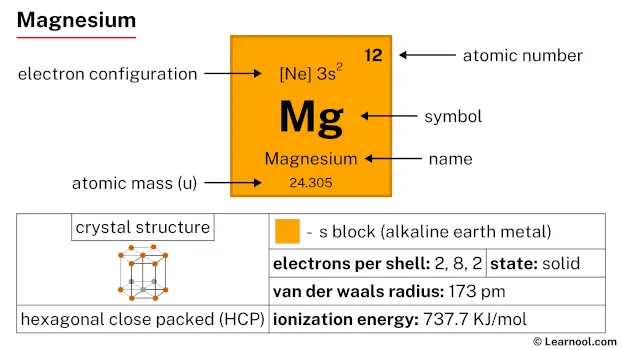 Magnesium |
13 Al  Aluminium |
14 Si Silicon |
15 P 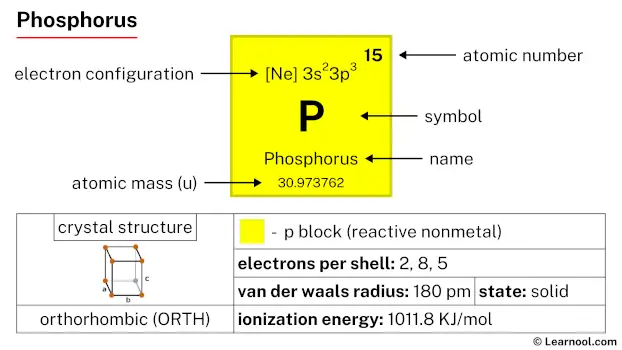 Phosphorus |
16 S 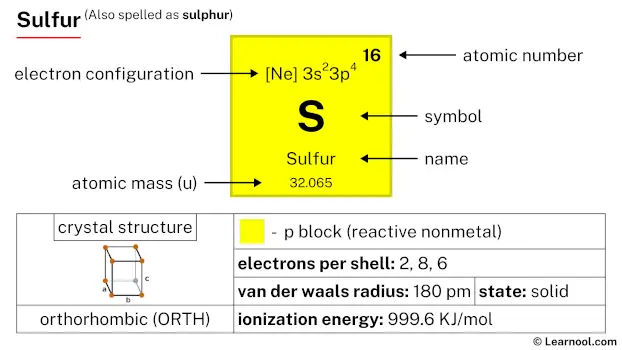 Sulfur |
17 Cl 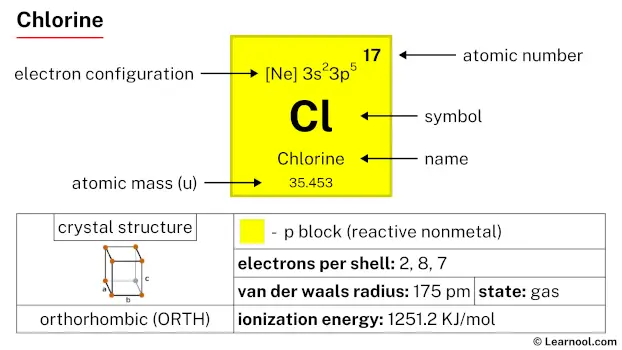 Chlorine |
18 Ar 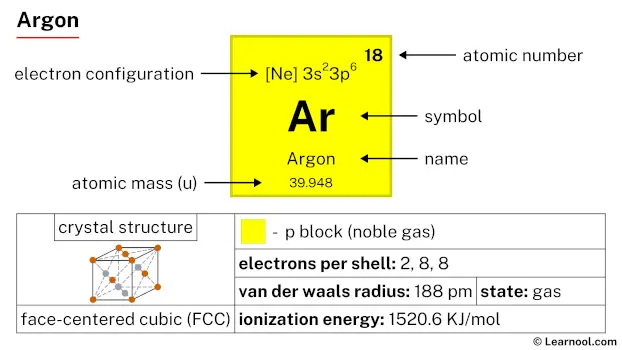 Argon |
|||||||||||
| 4 | 19 K 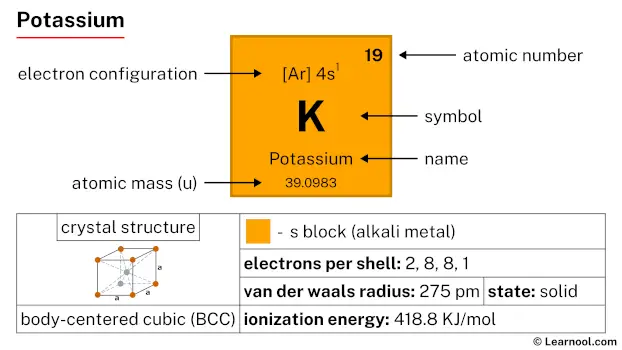 Potassium |
20 Ca 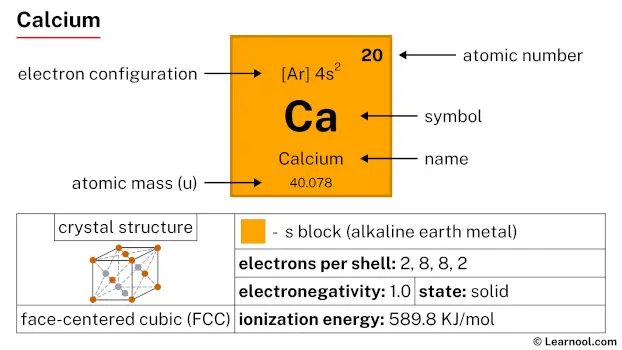 Calcium |
21 Sc 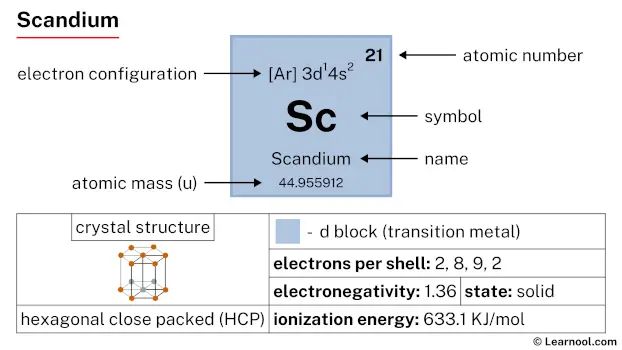 Scandium |
22 Ti 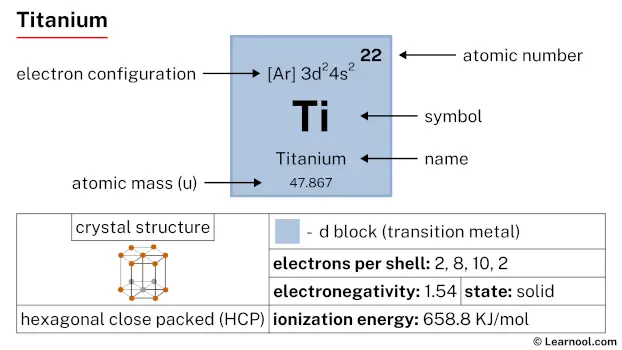 Titanium |
23 V 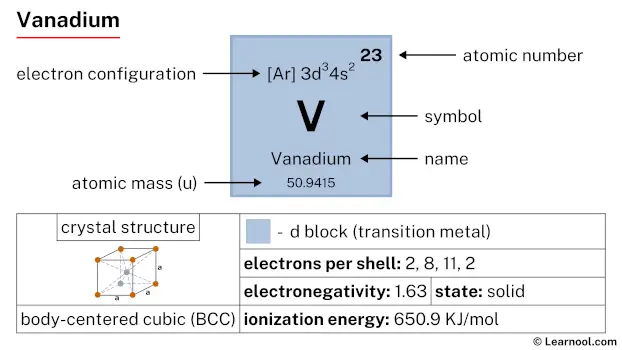 Vanadium |
24 Cr 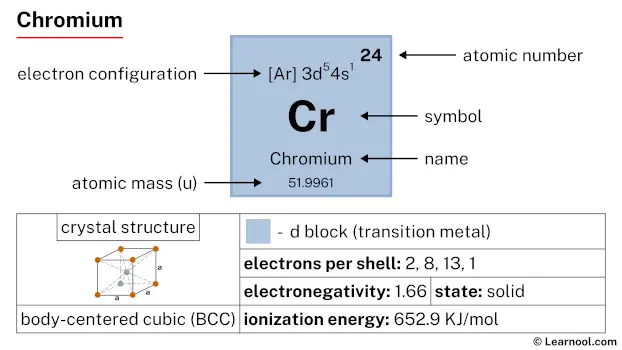 Chromium |
25 Mn 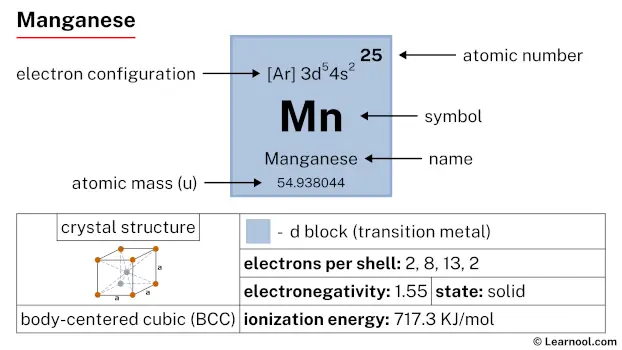 Manganese |
26 Fe 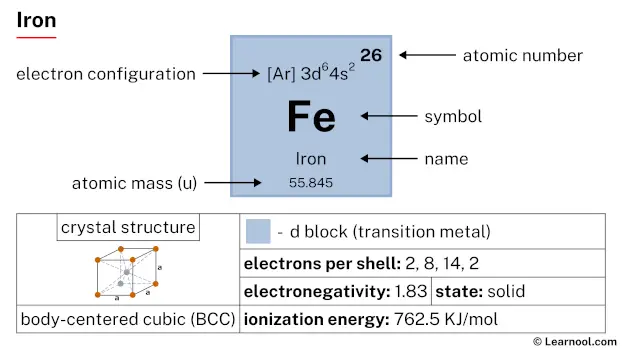 Iron |
27 Co 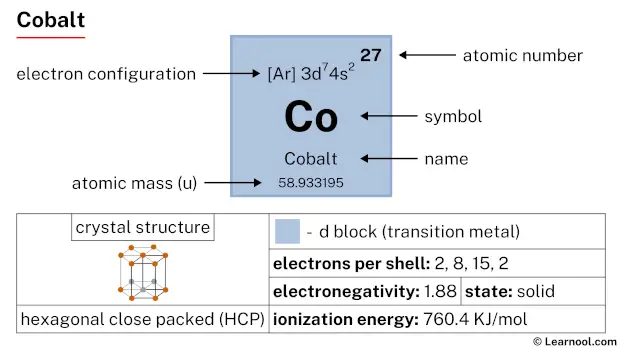 Cobalt |
28 Ni 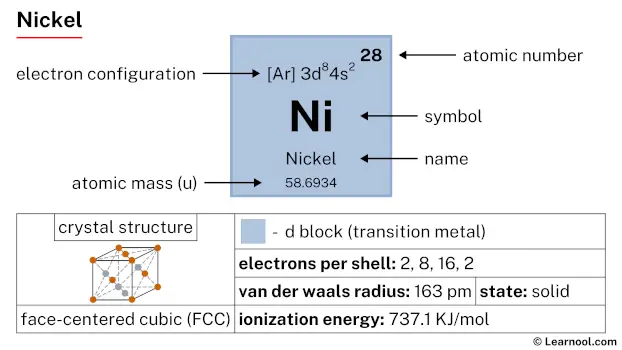 Nickel |
29 Cu 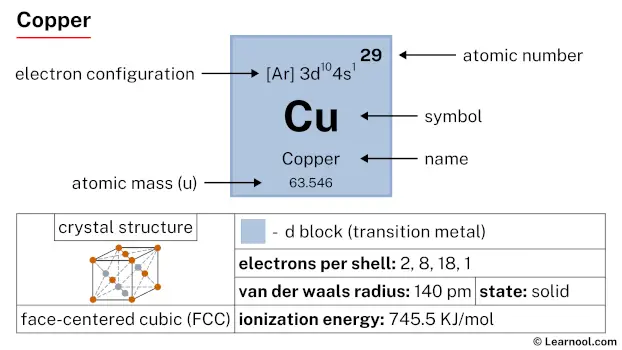 Copper |
30 Zn  Zinc |
31 Ga 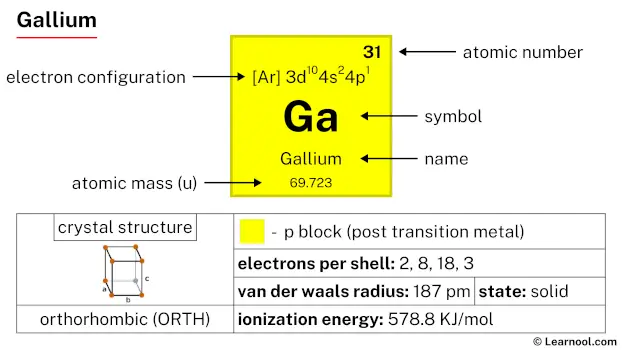 Gallium |
32 Ge 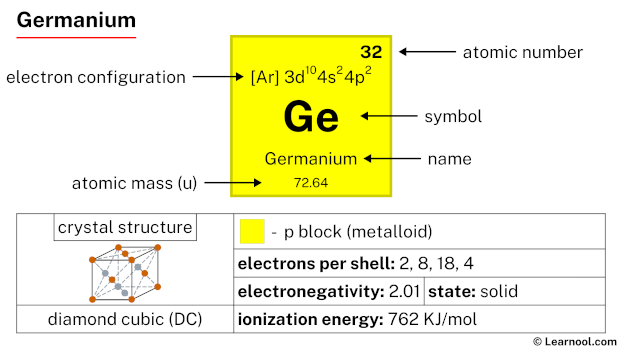 Germanium |
33 As 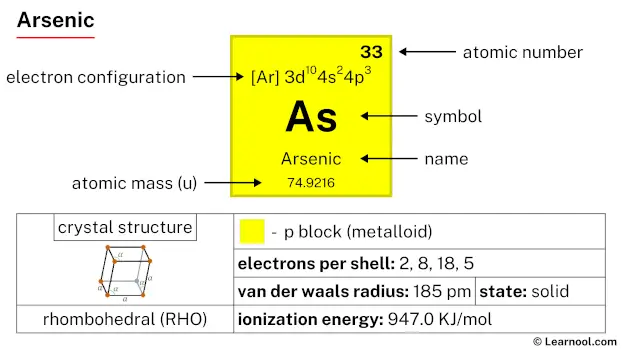 Arsenic |
34 Se 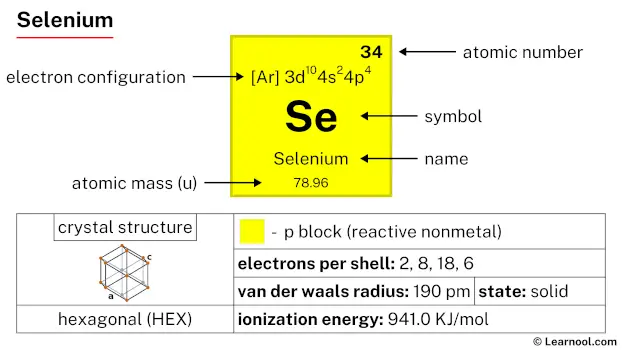 Selenium |
35 Br 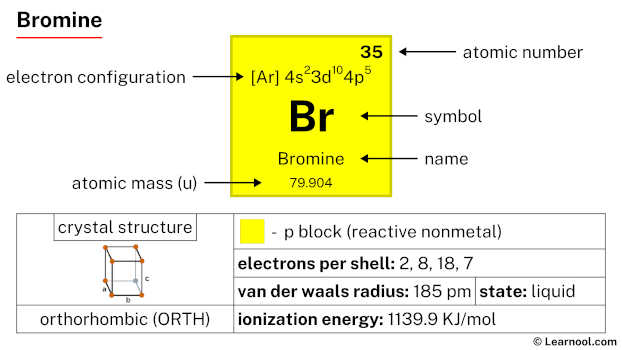 Bromine |
36 Kr  Krypton |
|
| 5 | 37 Rb 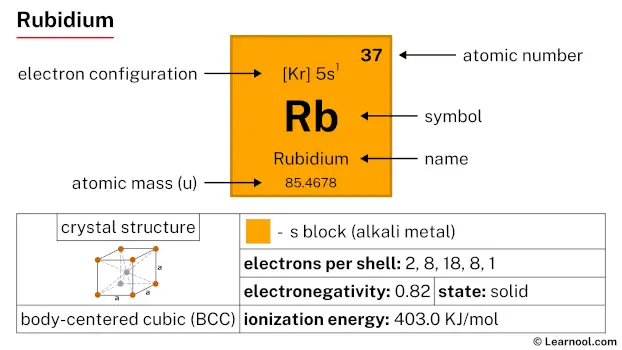 Rubidium |
38 Sr 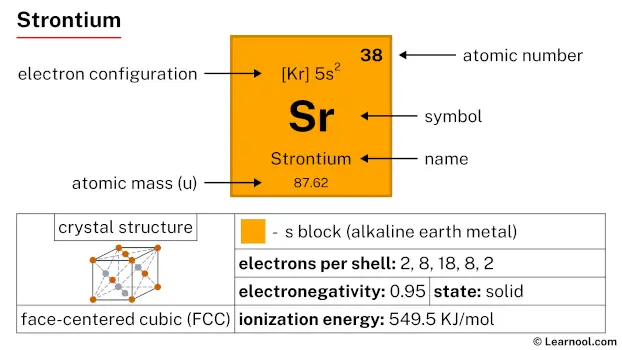 Strontium |
39 Y 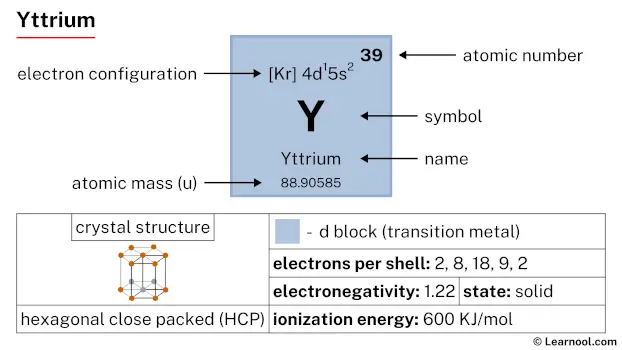 Yttrium |
40 Zr 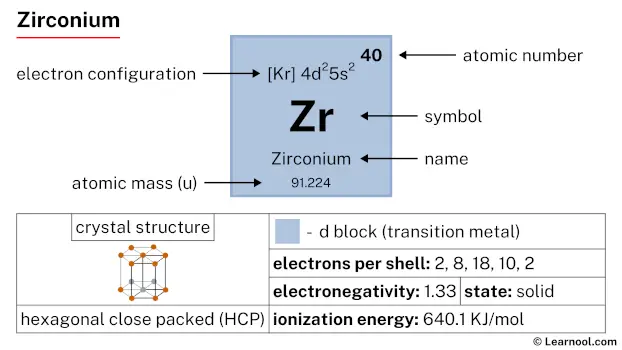 Zirconium |
41 Nb 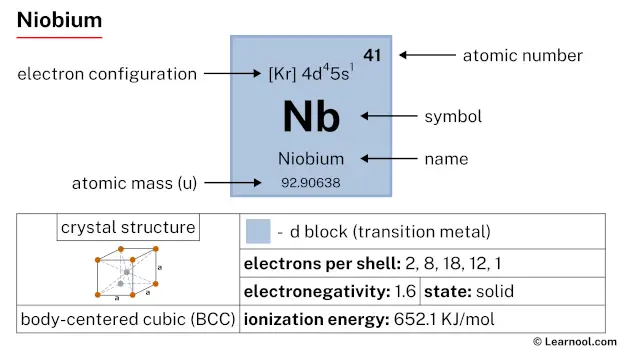 Niobium |
42 Mo 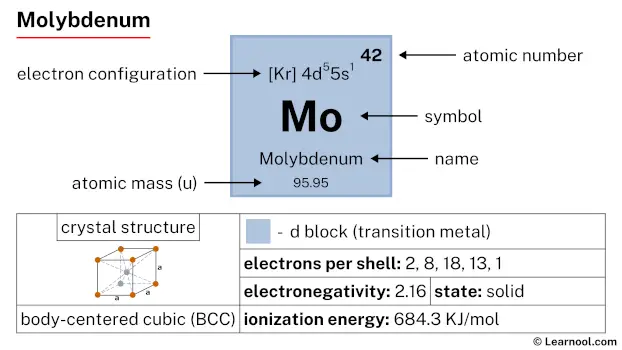 Molybdenum |
43 Tc 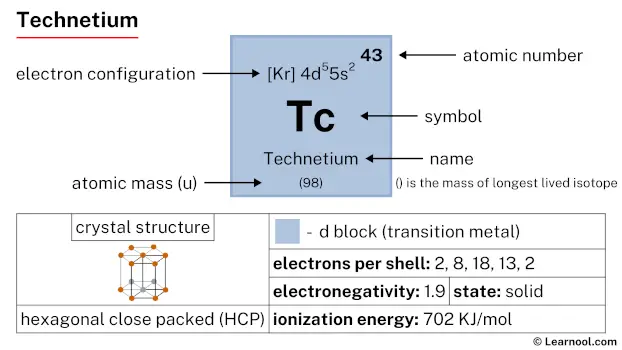 Technetium |
44 Ru 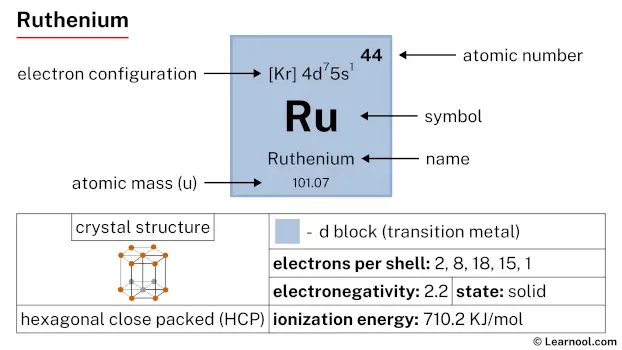 Ruthenium |
45 Rh 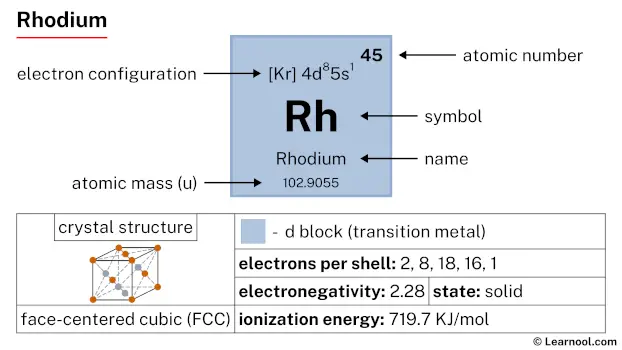 Rhodium |
46 Pd  Palladium |
47 Ag  Silver |
48 Cd 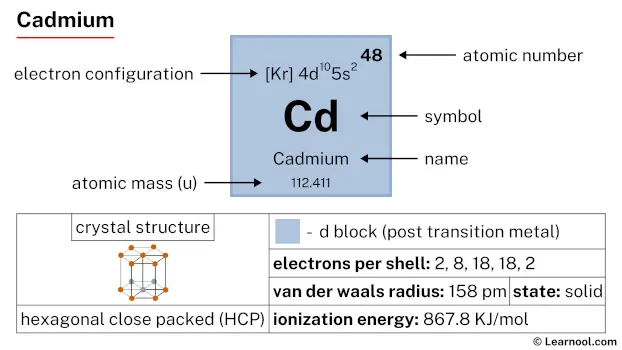 Cadmium |
49 In 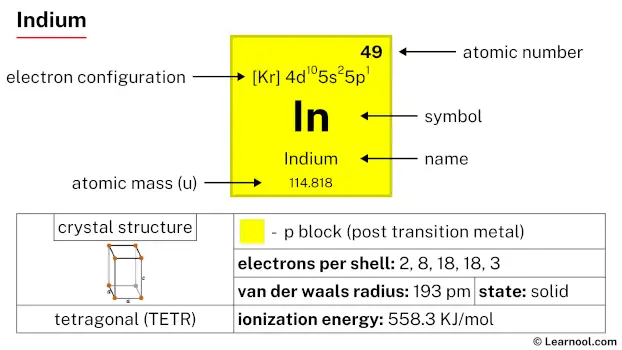 Indium |
50 Sn 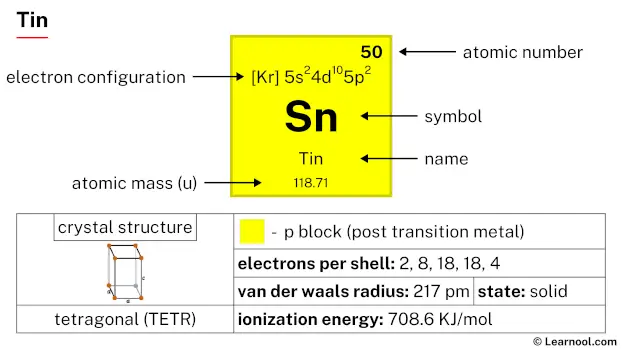 Tin |
51 Sb 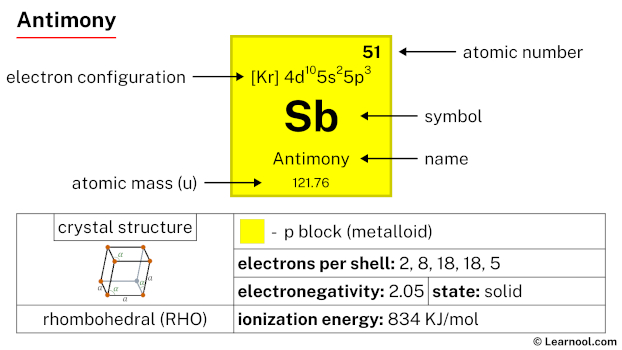 Antimony |
52 Te 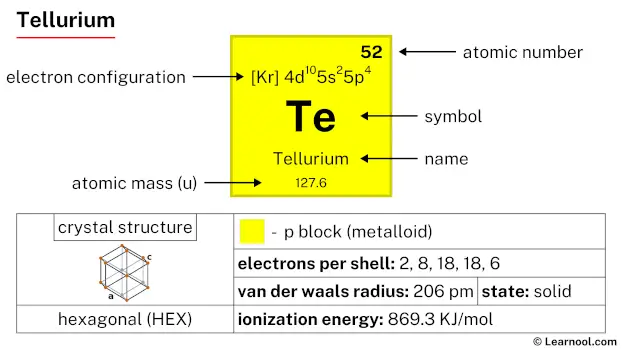 Tellurium |
53 I 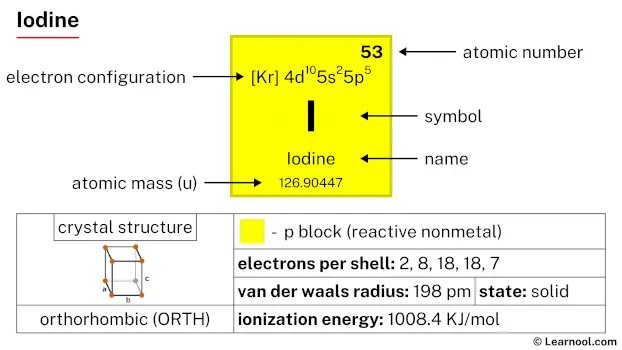 Iodine |
54 Xe 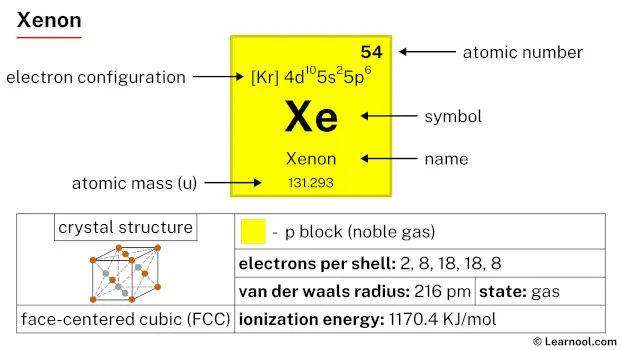 Xenon |
|
| 6 | 55 Cs 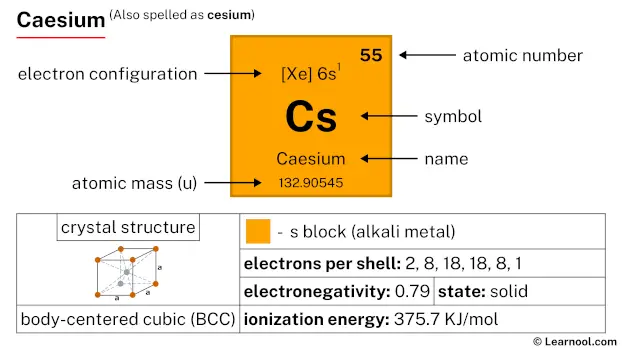 Caesium |
56 Ba 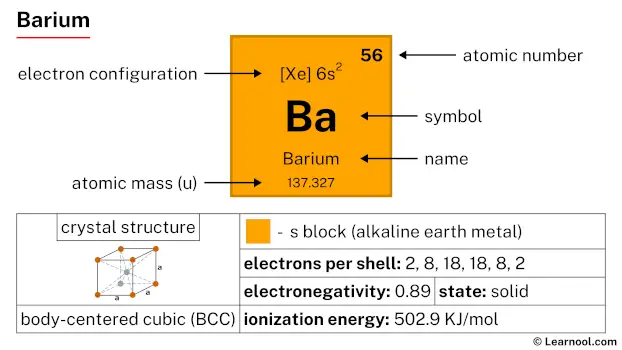 Barium |
72 Hf 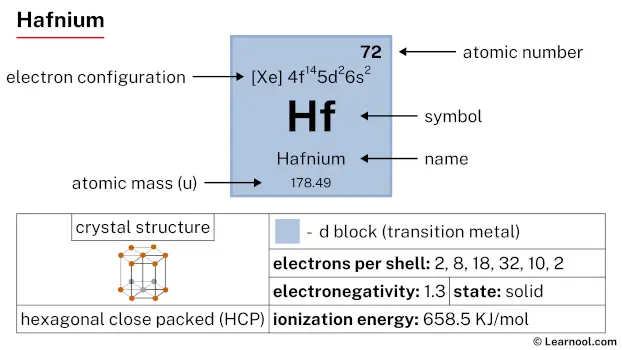 Hafnium |
73 Ta 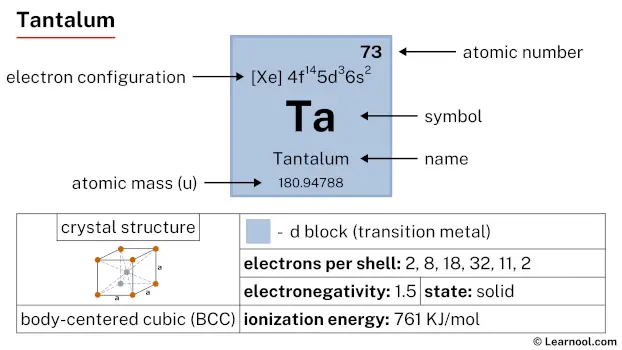 Tantalum |
74 W Tungsten |
75 Re 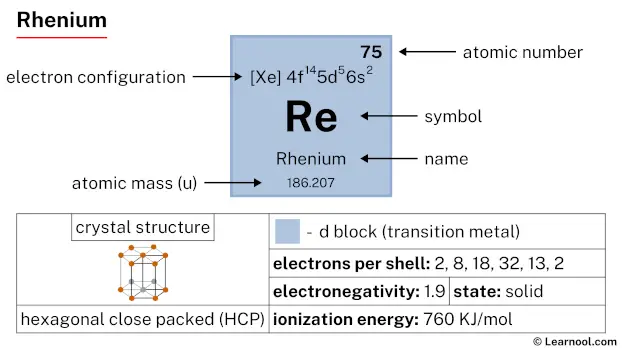 Rhenium |
76 Os 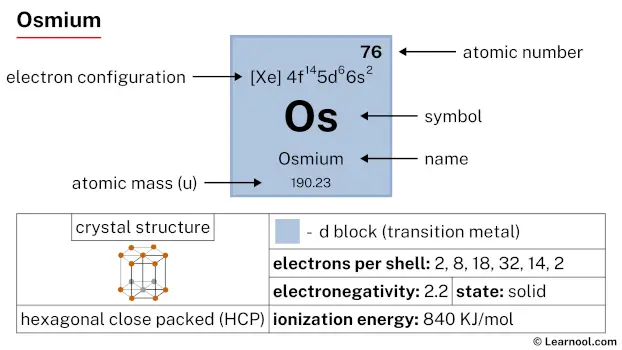 Osmium |
77 Ir 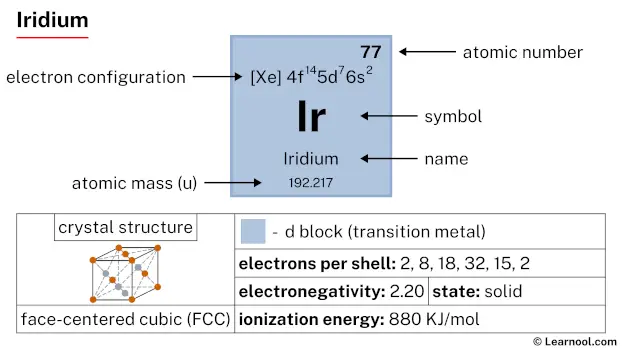 Iridium |
78 Pt  Platinum |
79 Au  Gold |
80 Hg 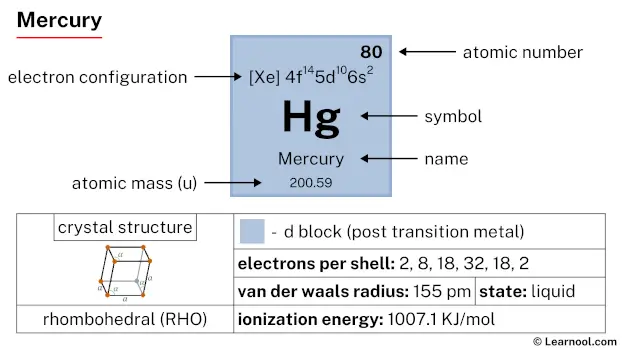 Mercury |
81 Tl 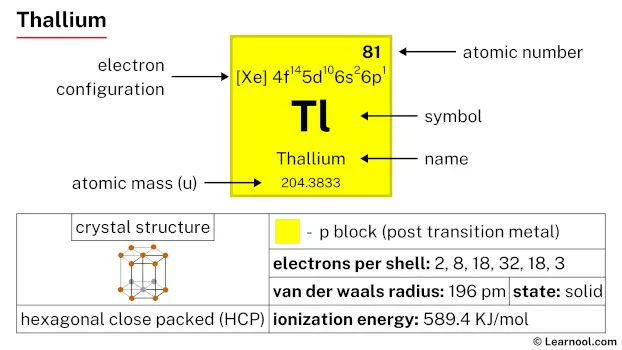 Thallium |
82 Pb  Lead |
83 Bi 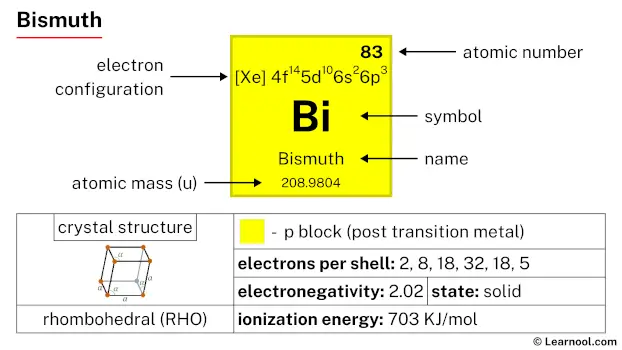 Bismuth |
84 Po 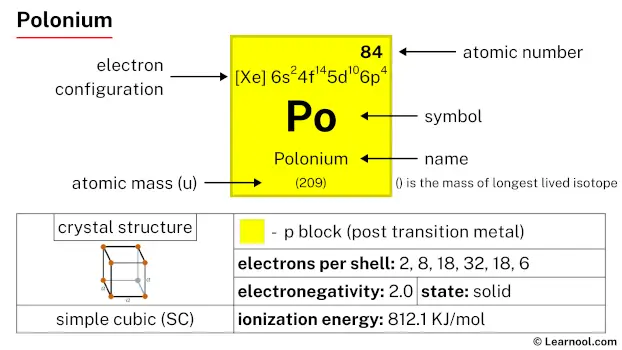 Polonium |
85 At 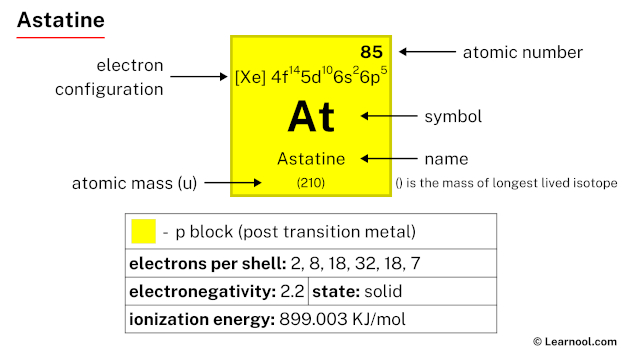 Astatine |
86 Rn 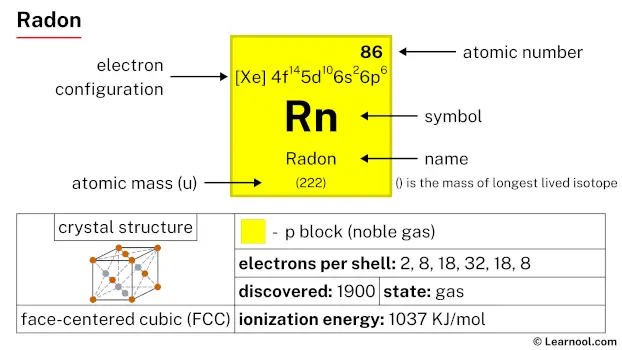 Radon |
||
| 7 | 87 Fr 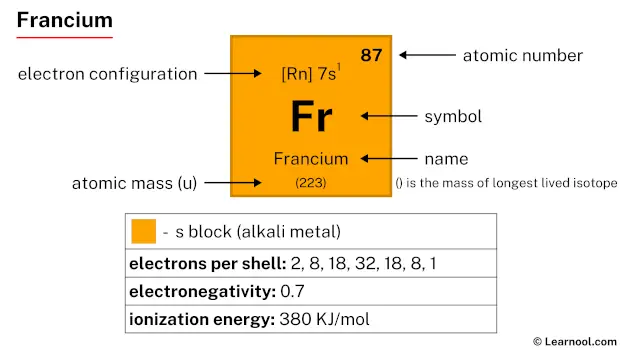 Francium |
88 Ra 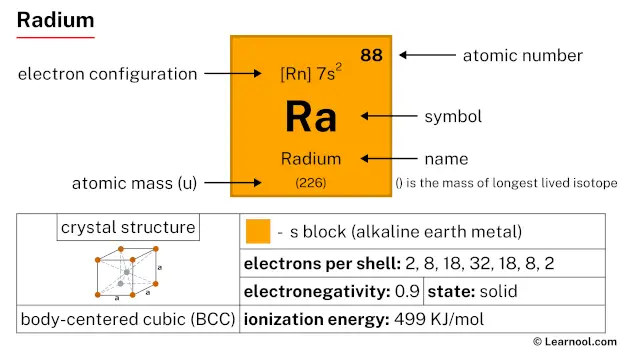 Radium |
104 Rf 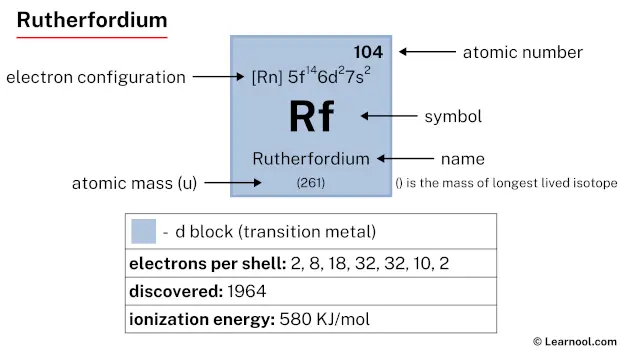 Rutherfordium |
105 Db 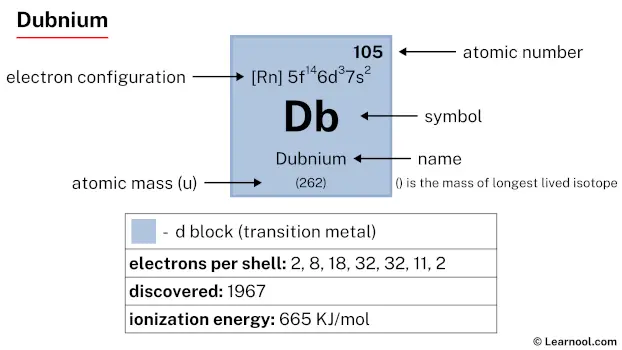 Dubnium |
106 Sg 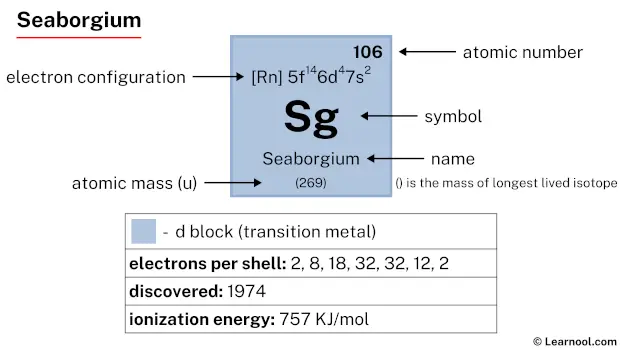 Seaborgium |
107 Bh 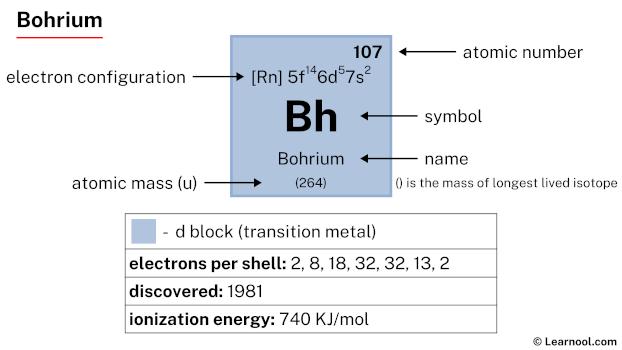 Bohrium |
108 Hs 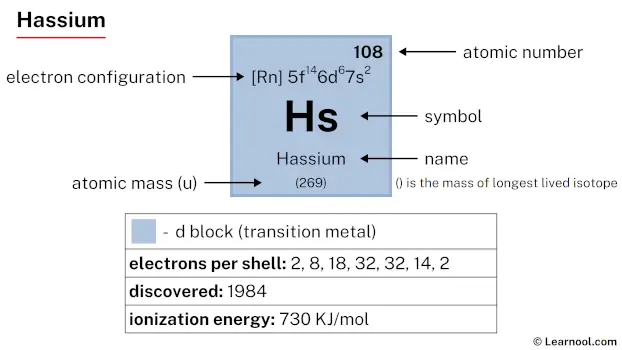 Hassium |
109 Mt 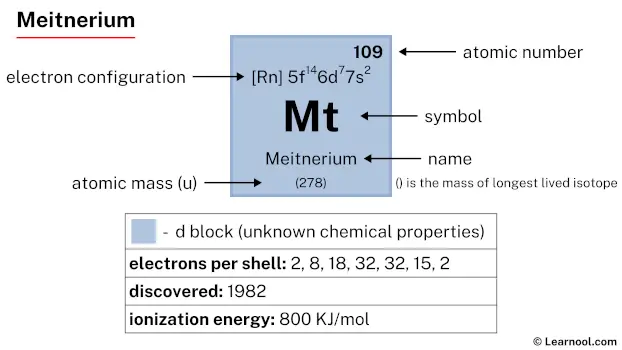 Meitnerium |
110 Ds 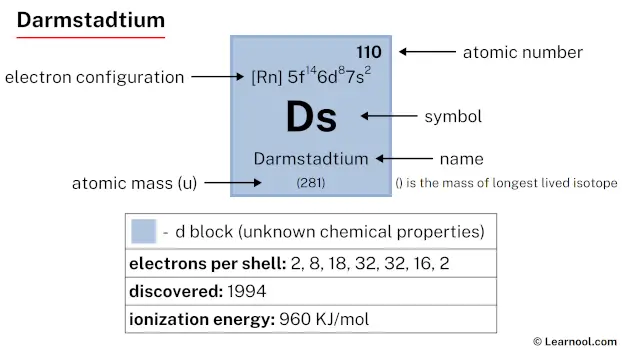 Darmstadtium |
111 Rg 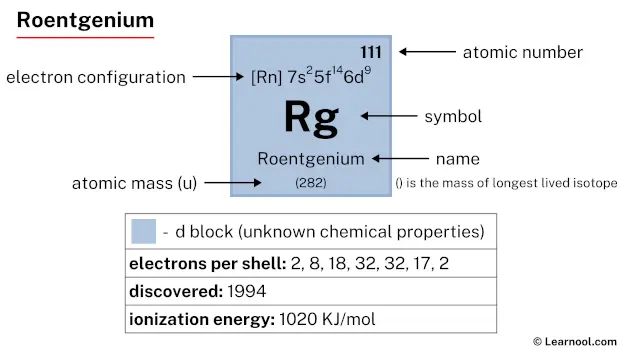 Roentgenium |
112 Cn  Copernicium |
113 Nh 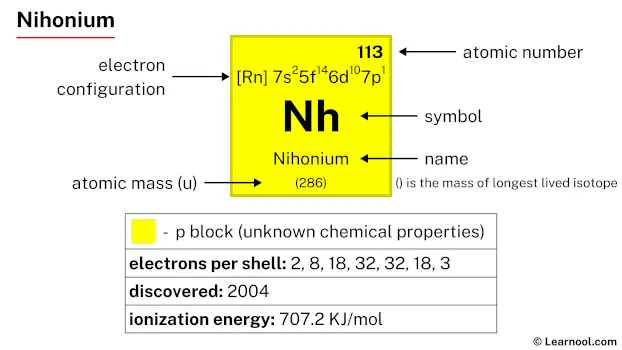 Nihonium |
114 Fl 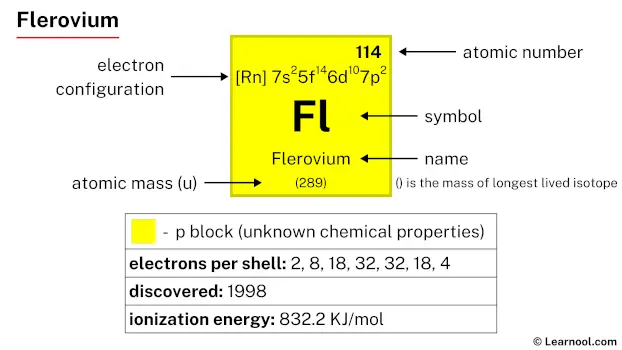 Flerovium |
115 Mc 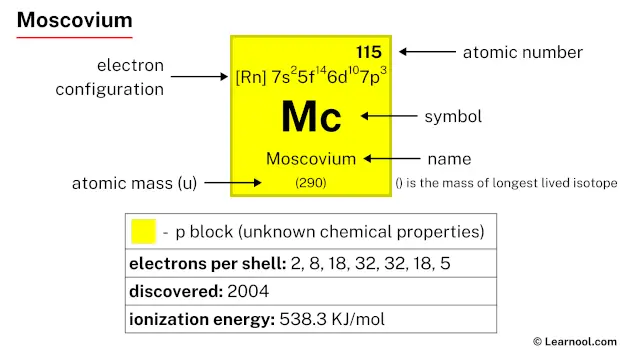 Moscovium |
116 Lv 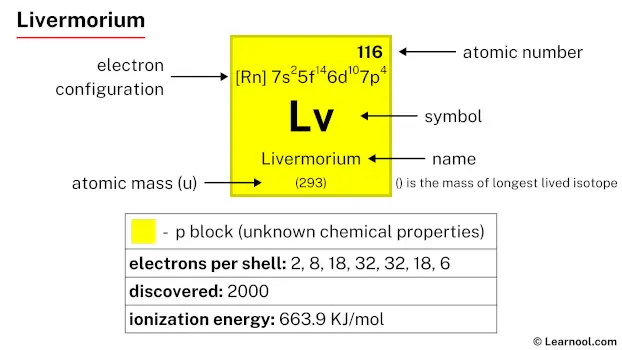 Livermorium |
117 Ts 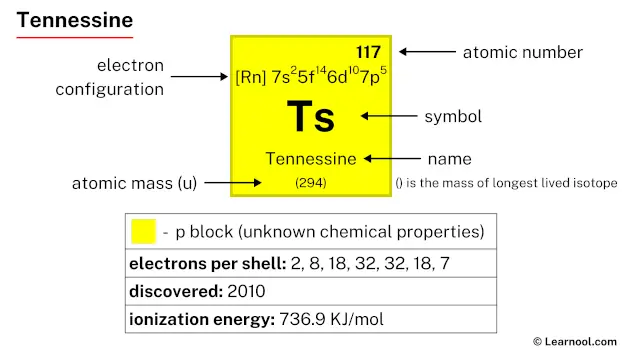 Tennessine |
118 Og 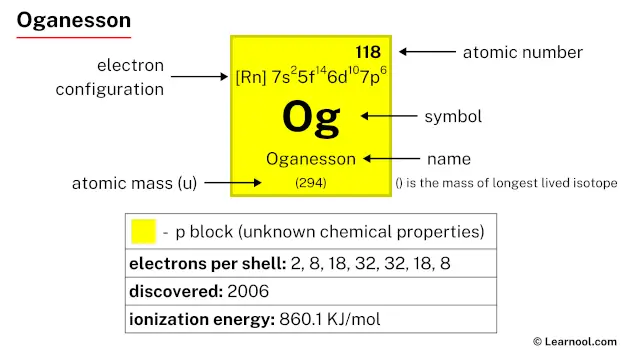 Oganesson |
||
| 57 La 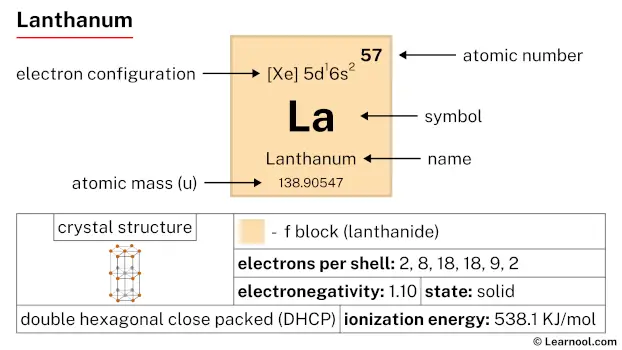 Lanthanum |
58 Ce 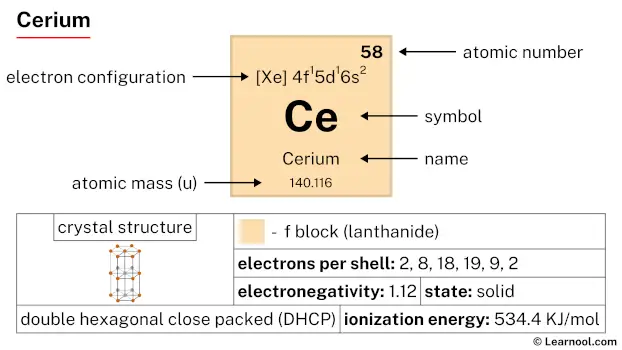 Cerium |
59 Pr 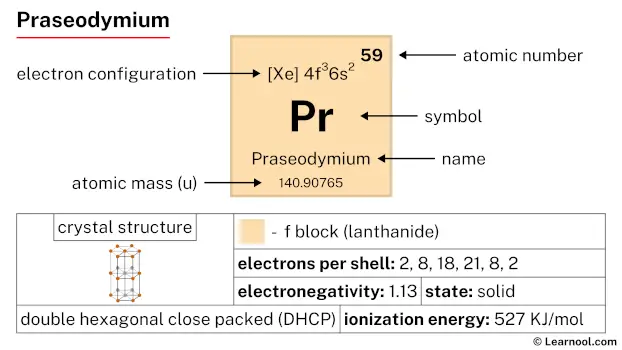 Praseodymium |
60 Nd 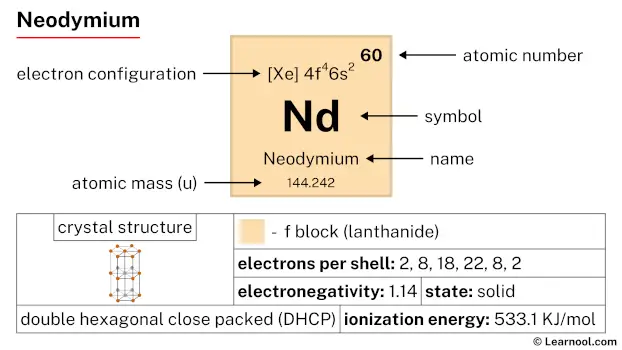 Neodymium |
61 Pm 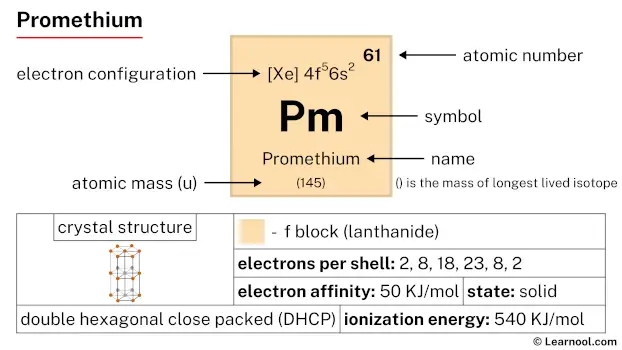 Promethium |
62 Sm 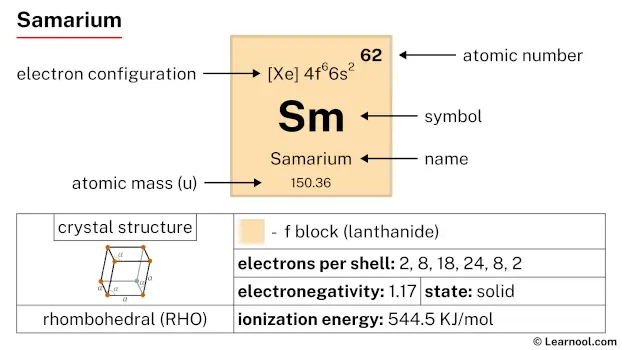 Samarium |
63 Eu 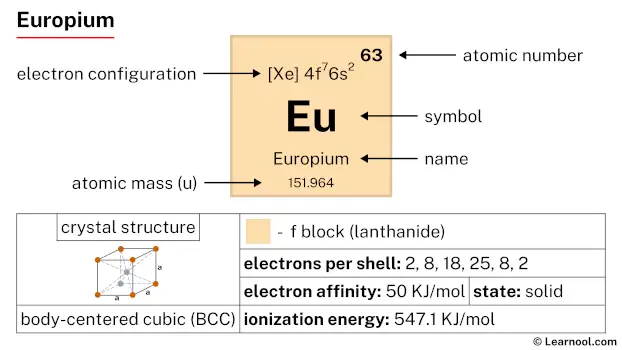 Europium |
64 Gd 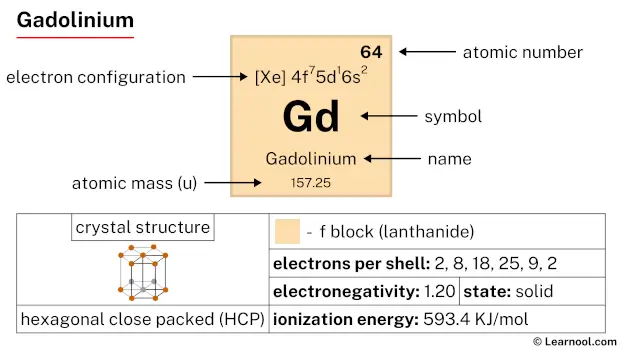 Gadolinium |
65 Tb 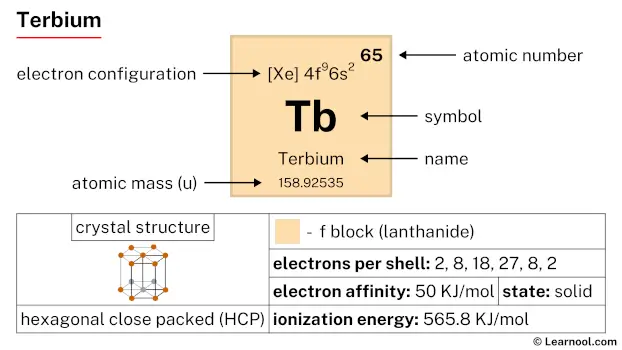 Terbium |
66 Dy 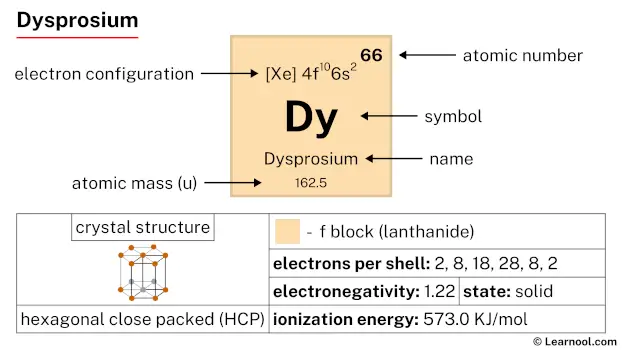 Dysprosium |
67 Ho 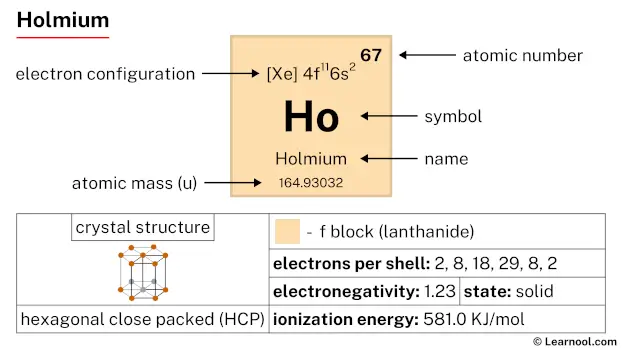 Holmium |
68 Er 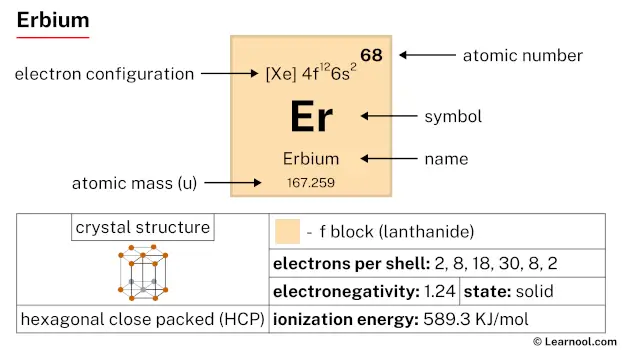 Erbium |
69 Tm 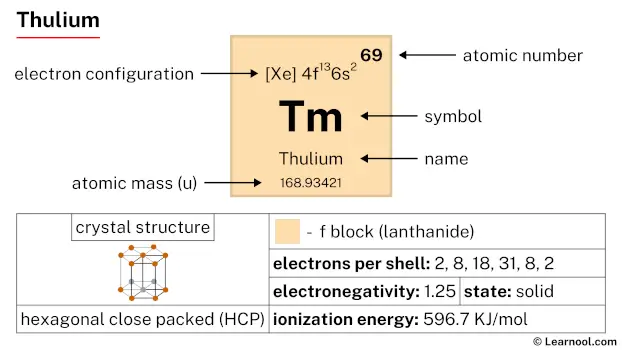 Thulium |
70 Yb 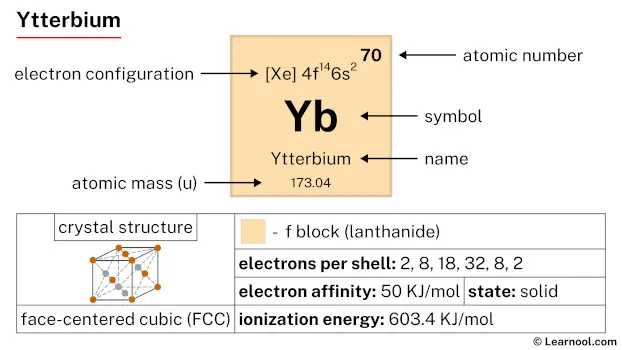 Ytterbium |
71 Lu 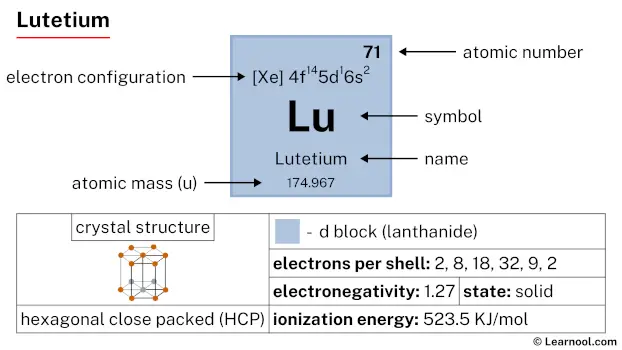 Lutetium |
|||||
| 89 Ac 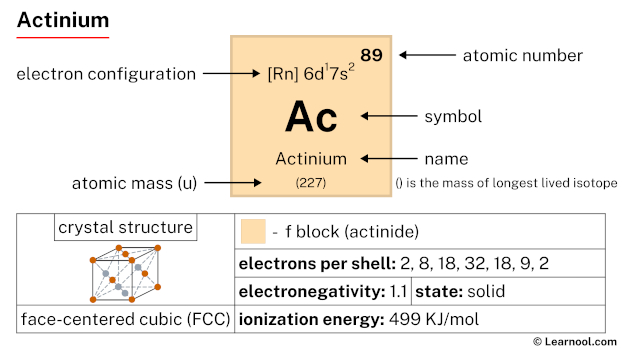 Actinium |
90 Th 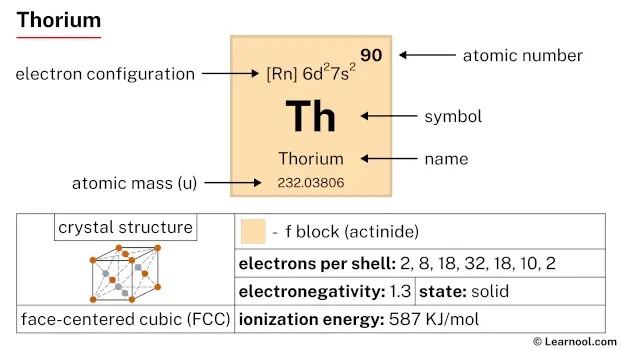 Thorium |
91 Pa 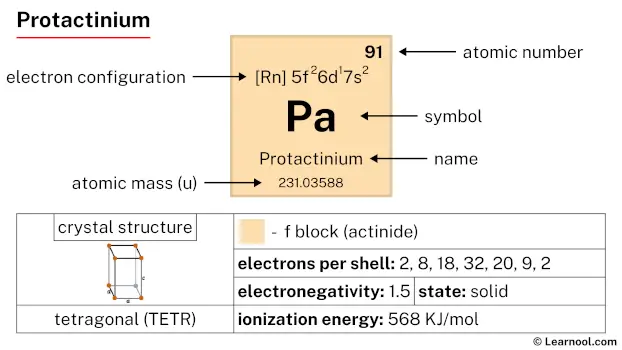 Protactinium |
92 U 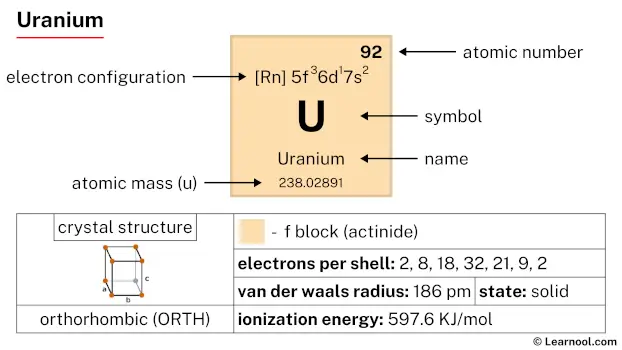 Uranium |
93 Np 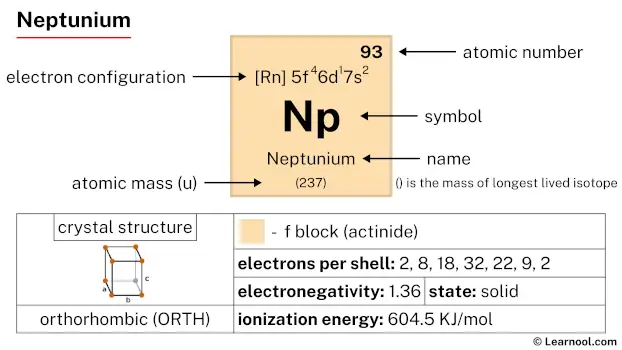 Neptunium |
94 Pu 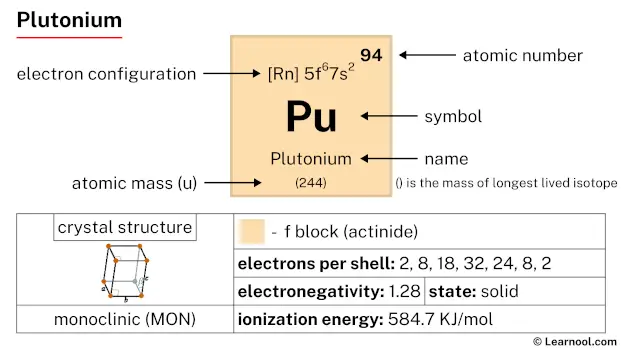 Plutonium |
95 Am  Americium |
96 Cm 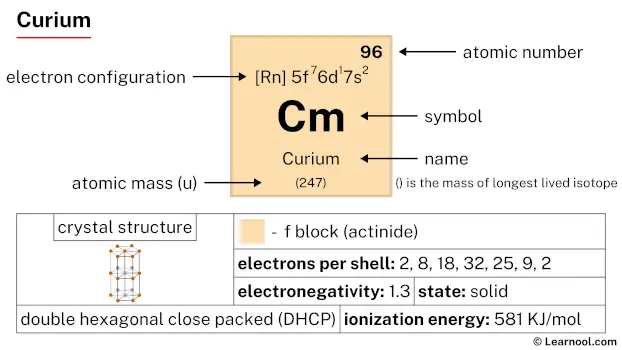 Curium |
97 Bk 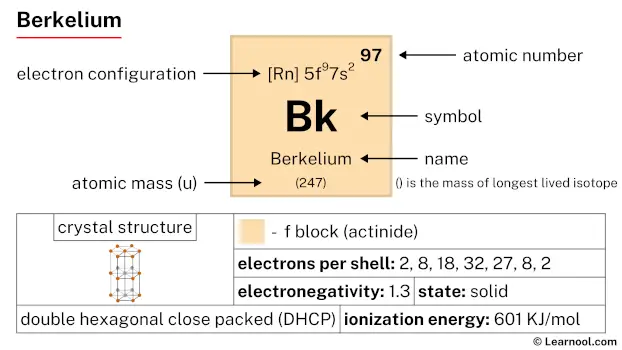 Berkelium |
98 Cf 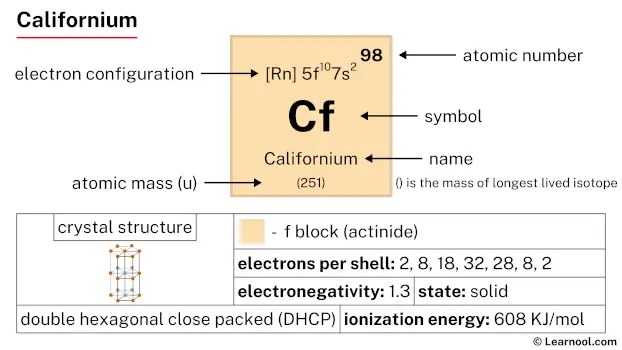 Californium |
99 Es 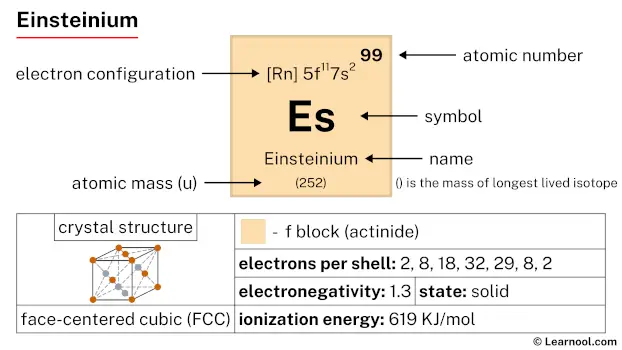 Einsteinium |
100 Fm 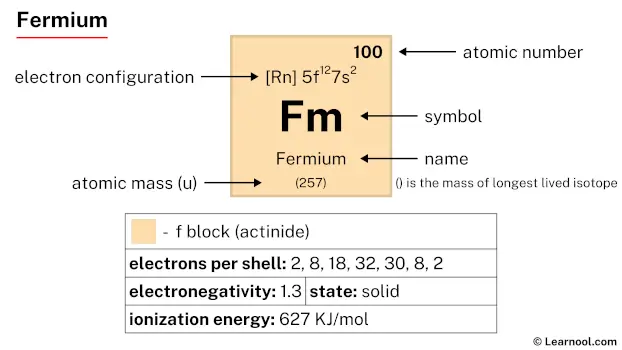 Fermium |
101 Md 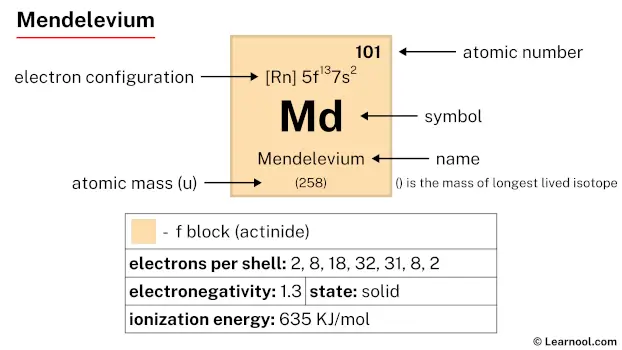 Mendelevium |
102 No 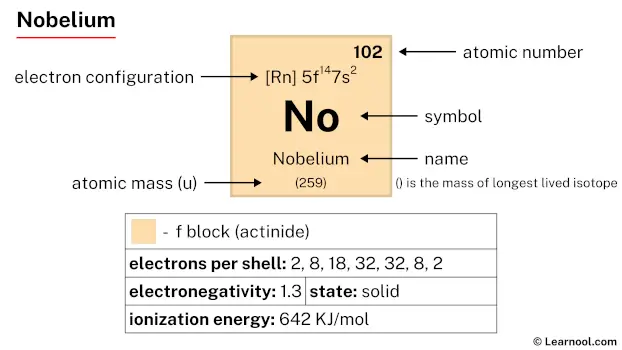 Nobelium |
103 Lr 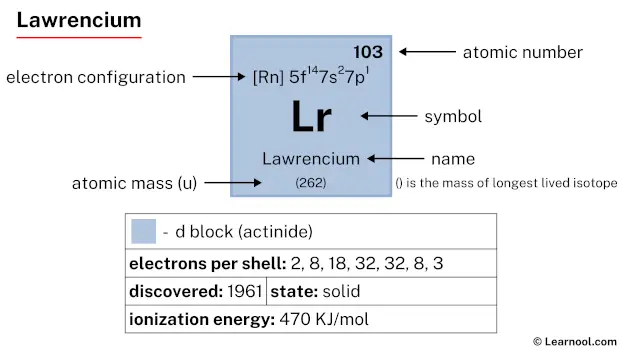 Lawrencium |
|||||
| – d block |
Tungsten is a d-block element, found in the sixth column and the sixth row of the periodic table. It has the atomic number 74 and is denoted by the symbol W.
Element information
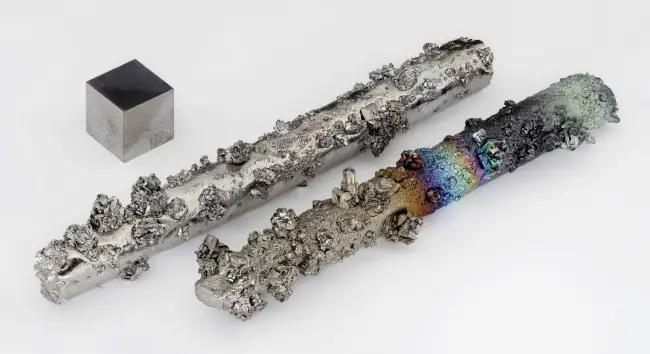 |
|
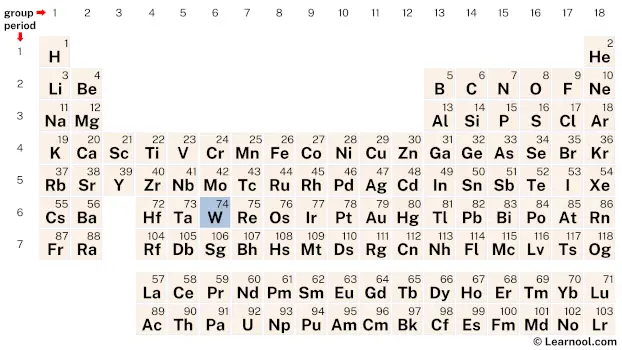 |
|
| Origin of name | Swedish word “tung sten” (which means heavy stone) |
| Symbol | W |
| Atomic number (Z) | 74 |
| Atomic mass | 183.84 u |
| Block | d-block |
| Group | 6 |
| Period | 6 |
| Classification | Transition metal |
| Atomic radius | 139 pm |
| Covalent radius | 162±7 pm |
| Melting point | 3422 ℃, 6192 ℉, 3695 K |
| Boiling point | 5930 ℃, 10706 ℉, 6203 K |
| Electron configuration | [Xe] 4f14 5d4 6s2 |
| Learn how to write: Tungsten electron configuration | |
| Electrons per shell | 2, 8, 18, 32, 12, 2 |
| Learn how to draw: Tungsten Bohr model | |
| Crystal structure | Body-centered cubic (bcc) |
| Phase at r.t | Solid |
| Density near r.t | 19.25 g/cm3 |
| Main isotopes | Tungsten-182, Tungsten-183, Tungsten-184, Tungsten-186 |
| Natural occurrence | Primordial |
| Oxidation state | +4, +6 |
| Electronegativity (Pauling scale) | 2.36 |
| Protons Neutrons Electrons |
74 110 74 |
| Learn how to find: Tungsten protons neutrons electrons | |
| CAS number | 7440-33-7 |
| Discovered by | Juan José Elhuyar and Fausto Elhuyar in 1783 |
History
The history of tungsten dates back to the early 17th century, when it was first discovered in Sweden. In 1781, the Swedish scientist Carl Wilhelm Scheele first identified a new acid in a specimen of tungsten ore, which he called tungstic acid. However, it wasn’t until 1783 that Spanish chemists Juan José and Fausto Elhuyar isolated the element tungsten from the acid. They were the first to discover a new element in modern times, and they named it “wolfram,” after the mineral from which it was extracted. The name “tungsten” (meaning “heavy stone” in Swedish) was later adopted by the International Union of Pure and Applied Chemistry (IUPAC) in the 20th century.
During the 19th and early 20th centuries, tungsten was primarily used for filaments in incandescent light bulbs, as well as in the production of steel alloys. However, its use expanded during World War Ⅱ, when it became a crucial material for the production of armor-piercing projectiles and other military equipment. Today, tungsten is still widely used in various industries, including aerospace, electronics, and medical technology, thanks to its unique properties, such as its high melting point, low coefficient of thermal expansion, and excellent conductivity.
Occurrence and production
Tungsten is a rare element that occurs in the Earth’s crust at an abundance of about 1.5 parts per million. The primary sources of tungsten are minerals such as wolframite and scheelite, which are considered the main ores of tungsten. These minerals are typically found in countries such as China, Russia, Bolivia, and Canada. Other minerals that contain tungsten include ferberite and hubnerite, although they are not as commonly mined as wolframite and scheelite.
Tungsten is produced primarily from two types of mines: hard rock mines and porphyry copper mines. Hard rock mines typically extract the ore from underground and use crushing and grinding processes to extract the tungsten minerals. Porphyry copper mines extract tungsten as a byproduct of copper mining. The extraction of tungsten from its ores involves a variety of processes, depending on the specific ore being used.
Gravity separation is the most common method, which uses differences in the density of the minerals to separate them from each other. Other methods include flotation, magnetic separation, and leaching. Once the tungsten minerals have been separated from the ore, they undergo further processing to produce tungsten metal, tungsten carbide, and other tungsten-containing materials.
Properties
Tungsten is a hard, dense, steel-gray metal that has the highest melting point and the second highest boiling point of all elements.
It has a very high tensile strength and is extremely resistant to corrosion and wear.
Tungsten has a low coefficient of thermal expansion, making it resistant to thermal shock, and it is a good conductor of both electricity and heat.
It has a high density, which makes it useful in counterweights, heavy metal alloys, and radiation shielding.
Tungsten is also known for its ability to form carbides and oxides, which are used in various industrial applications.
Tungsten is considered to be biologically inert, and it has no known biological function in humans or other living organisms.
Applications
One of the most well-known applications of tungsten is in the manufacture of filaments for incandescent light bulbs. Tungsten filaments have a high melting point, which allows them to glow at high temperatures without burning out quickly.
Due to its high melting point and excellent thermal conductivity, tungsten is often used in high-temperature applications, such as in the production of heating elements for high-temperature furnaces.
Tungsten carbide, a compound of tungsten and carbon, is a popular material for cutting tools due to its hardness and resistance to wear and tear. Tungsten carbide is used in cutting tools for metalworking, woodworking, and other applications.
Tungsten is used in the aerospace and defense industries due to its high density, which makes it ideal for use in counterweights, ballast, and other applications where weight is a critical factor.
Tungsten is an excellent conductor of electricity and is often used in electrical contacts and other electrical components, such as switches and relays.
Tungsten alloys are used as radiation shielding in medical and industrial applications due to their high density and ability to absorb radiation.
Interesting facts
Tungsten is the only metallic element that has a higher melting point than carbon. Its melting point is 3422 ℃, while diamond, the form of carbon with the highest melting point, melts at 3550 ℃.
Tungsten has the highest tensile strength of any metal, making it ideal for use in electrical wires and other high-stress applications.
Tungsten has the highest Young’s modulus of any metal, which means it is extremely stiff and difficult to deform.
The name “tungsten” comes from the Swedish words “tung sten,” which mean “heavy stone.” The metal is also known as wolfram, a name that is derived from the mineral wolframite, from which it was first isolated.
Tungsten is used as a filament in incandescent light bulbs, but this use has declined in recent years due to the popularity of more energy-efficient lighting technologies.
Tungsten is used in the production of steel alloys for use in turbine blades, armor plating, and other high-stress applications.
Tungsten is also used as a catalyst in chemical reactions and as an electrode in welding and other industrial processes.
Tungsten is a rare metal, with an abundance in the Earth’s crust of around 1.5 parts per million.
Related
More elements
External links
- https://www.rsc.org/periodic-table/element/74/tungsten
- https://en.wikipedia.org/wiki/Tungsten
- https://www.britannica.com/science/tungsten-chemical-element
- https://education.jlab.org/itselemental/ele074.html
- https://pubchem.ncbi.nlm.nih.gov/element/Tungsten
- https://www.livescience.com/38997-facts-about-tungsten.html
- https://www.chemicool.com/elements/tungsten.html
Deep
Learnool.com was founded by Deep Rana, who is a mechanical engineer by profession and a blogger by passion. He has a good conceptual knowledge on different educational topics and he provides the same on this website. He loves to learn something new everyday and believes that the best utilization of free time is developing a new skill.
